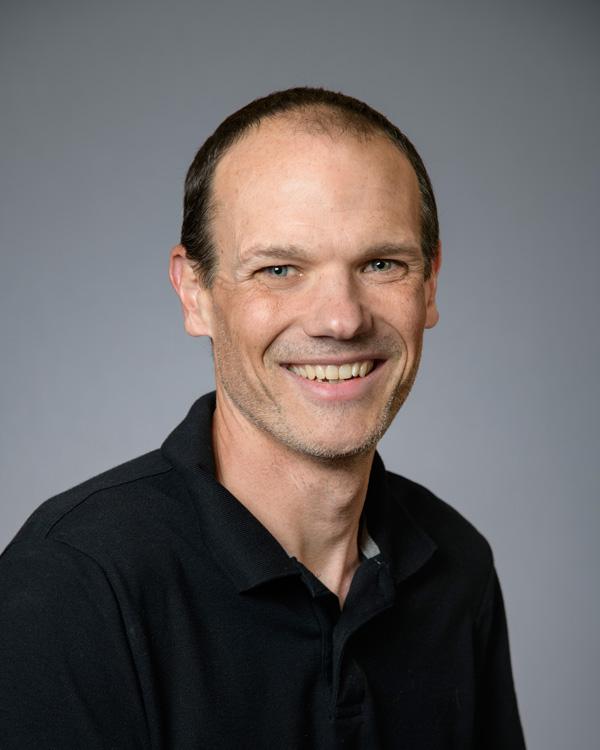Charles Wolgemuth
University of Arizona
Seminar Information

In this talk, I will begin by discussing some of the work that my group has done over the last 15 years to understand the motility of microorganisms. Many of these organisms either use long, thin dynamic filaments to propel themselves or they, themselves, are long thin dynamic filaments. While this work was able to shed light on the motility mechanisms of many of these organisms, a full understanding was often hindered by the inability to simulate the large amplitude dynamics of free filaments. To overcome this issue, my group recently developed a finite volume algorithm to handle the dynamics of elastic filaments. I will describe this algorithm and validate its effectiveness using a range of test cases. I will then show some preliminary data on the application of this algorithm to the more complex problem of spirochete motility, where multiple elastic filaments interact to drive bacterial motility.
At the end of the talk, I would like to shift gears to describe the motility of a non-motile organism, Saccharomyces cerevisiae, or brewer’s yeast. These yeast cells are incapable of propelling themselves; however, during fermentation, they are able to uniformly suspend themselves in the fermenting wort through the production of CO 2, which forms upward rising bubbles that carry the yeast with them. While we started examining this problem, we found errors in the original work on two-phase fluid dynamics (water and bubbles, in this case). I will therefore conclude the talk with exciting new work on suspension dynamics that improves Einstein’s original calculation of the effective viscosity of a suspension, corrects Batchelor’s work on the sedimentation speed of spheres, and derives an averaged Stokes’ equation for the flows in a low Reynolds number suspension.
Dr. Wolgemuth’s research focuses on the biophysics of cell motility. Two major areas of interest have been invasion and pathogenesis of Lyne disease and collective migration in bacterial suspensions, wound healing, and cancer metastasis. He received his PhD in Physics from the University of Arizona working with Dr. Ray Goldstein and then did a postdoc at UC Berkeley with Dr. George Oster. For his first faculty position he spent ten years in the Department of Cell Biology at the University of Connecticut Health Center, and then returned to the University of Arizona, where he has been for the last ten years.
